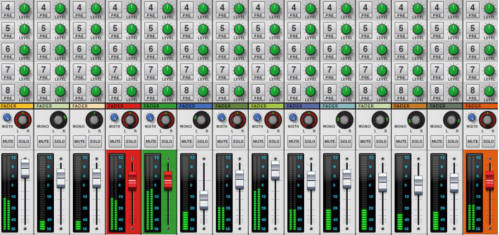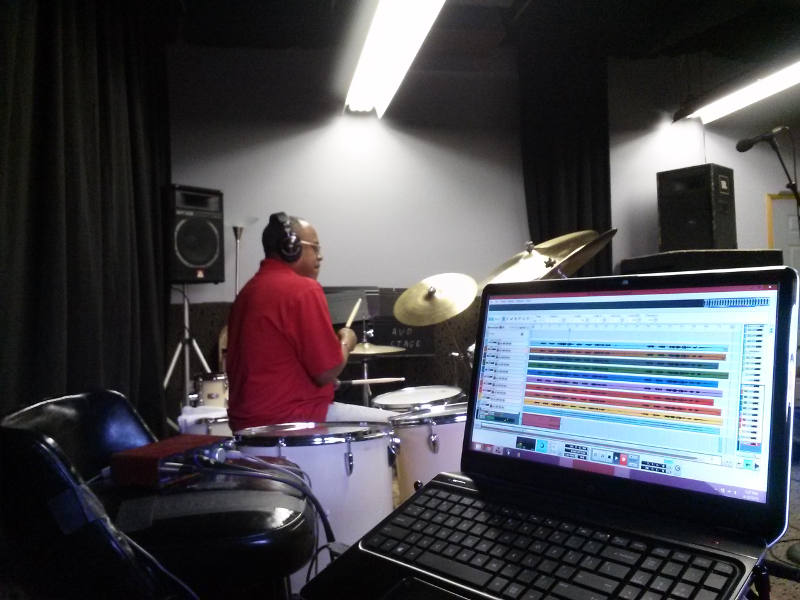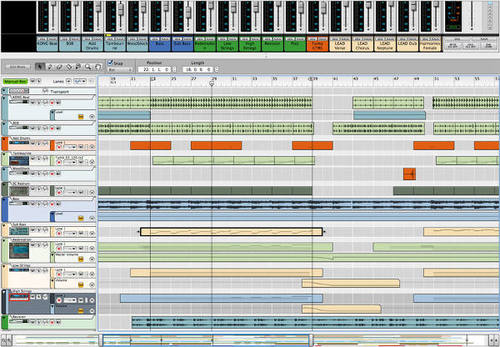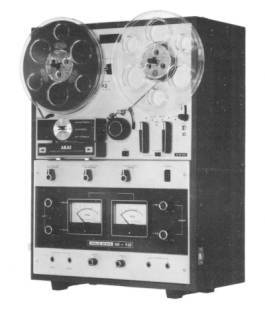
Nearly a decade ago, I began using a digital audio workstation of the studio-in-a-box variety to produce the music of The Jerrys. Switching from magnetic tape recording to digital recording transformed the way I made music. In terms of editing alone, digital changed everything.
Fast forward to now. Over the past several months I replaced my workstation with a computer-based home studio. I’ve recorded a few tracks already, and there’s a bit of a learning curve as might be expected. It’s all good, though, as I love learning new things (I’m making progress on a near-daily basis). Without further wait, here are the components that make up my new laptop studio:
HP ENVY dv6-7215nr Notebook PC
For audio recording using a lot of tracks, I needed not only a laptop dedicated to audio recording, but one with some muscle. With a quad-core processor, 8 GB memory, and a 750 GB 7200RPM hard drive, this notebook delivers.
Propellerhead Reason 7
Released in late April, Reason 7 is the latest and the greatest software from Propellerhead. I based my decision to go with Reason solely on the fact that Todd Rundgren used previous versions of Reason to create his last few albums. I needed something that would record guitars well, and if it’s good enough for Todd, it’s good enough for me.
Focusrite Scarlett 2i2
This basic audio interface does an awesome job of getting sounds into and out of my laptop, and as actual sound recording (guitars, vocals, tambourine, etc) is a big part of my music, that’s essential. I especially like the ring LEDs around the knobs that change from green to amber to red to indicate signal and clipping.
microKORG Synthesizer/Vocoder
While I used to think of my microKORG as only an audio device and not a studio component (ie, as only an instrument), it will now also function as a MIDI controller. I’ve never used MIDI in my music, but there’s a lot I can do with it in Reason, and I’m more than open to the possibilities.
Alesis M1Active 320 USB Monitor Speakers
It doesn’t take a George Martin-type to know how good these little speakers sound. You can spend a lot of money on monitor speakers, but I didn’t, and I’m glad, as these work great.
As mentioned, I’ve been recording using the new setup, and so far I love the way everything sounds. I look forward to releasing music that was made with the new studio.








